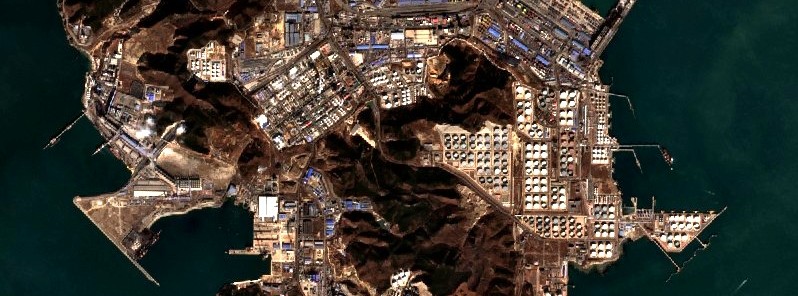China stockpiling food at historically high levels

China is stockpiling food at historically high levels and now has more than half of the world’s maize and other grains. By mid-2022, the country is estimated to hold 69% of the world’s corn reserves, 60% of rice, and 51% of wheat.
At the end of 2021, NIKKEI Asia reported that China, with less than 20% of the world’s population, has managed to stockpile more than half of the world’s maize and other grains, leading to steep price increases across the planet and dropping more countries into famine.1
On January 5, 2022, Bloomberg reported that food prices have hit 10-year highs, causing worldwide concern.2
“Supply-chain bottlenecks, labor shortages, bad weather and a surge in consumer demand are among the factors responsible for the spike. So, too, is a lesser-known phenomenon: China is hoarding key commodities,” Bloomberg’s Adam Minter said.
According to the U.S. Department of Agriculture, China will hold 69% of the world’s corn reserves, 60% of its rice, and 51% of its wheat by mid-2022.
China is maintaining its food stockpiles at a ‘historically high level,’ said Qin Yuyun, head of grain reserves at the National Food and Strategic Reserves Administration.
“Our wheat stockpiles can meet the demand for one and a half years. There is no problem whatsoever about the supply of food.”
The projections represent increases of around 20 percentage points over the past 10 years, and the data clearly shows that China continues to hoard grain.1
In 2005, China was importing food (not including beverages) for less than $10 billion USD.
In 2010, the number rose to more than $20 billion USD and continued rising year-over-year until $80 billion USD in 2019 and nearly 100 billion in 2020, up to 4.6 times from a decade before.
References:
1 China hoards over half the world’s grain, pushing up global prices – NIKKEI Asia
2 One Reason for Rising Food Prices? Chinese Hoarding – Bloomberg
Featured image: Food silos at Dailan, China on January 11, 2022. Credit: Copernicus EU/Sentinel-2, TW

America makes fun of anybody who “preps”. People who are prudent and prepare for bad events are ridiculed and disparaged by the media that runs the USA.
Then again we’re fools in the USA if we think a nation with a $30 Trillion dollar debt will have a future.
Hedging one’s ‘bets’ by preparing for the ‘worst case scenario’ is not necessarily a bad idea. Especially on a finite planet where infinite growth has been chased for an awful long time and the environment and ecological systems seem to be indicating they are badly overloaded.
One thing you discover in agriculture is the system – if properly run – has a lot of room for growth. There is another truth in agriculture. The people (aka the government) are their own worst enemy when it comes to food production. Every large scale famine in the 20th century can be directly traced to poor management by the government.
America has some big problems coming and they are all self inflicted.